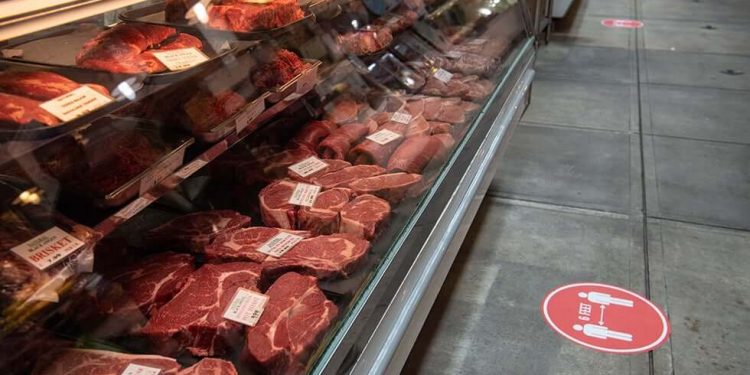When it comes to meat processing, The process has been manual for a long time. Especially when looking at more than a century ago, meat processing happened on a small scale. Local butchers would be in charge of the process themselves and use their skills to cut the meat in the desired pieces. With the population growing and technology evolving, this changed to a more centralized approach. This resulted in more efficiency and improvements when it comes to hygiene and cleanliness. To demonstrate what has changed, we look at technology improvements in the production process.
Slaughtering Process
This can be considered the most important element of the process. Why? Because it not only applies to technology but also to animal and worker welfare. It is an essential step in the factory and needs to be taken care of with great respect and caution.
Aim For A Stress-free Environment
Having a stress-free environment is essential for realizing this goal. Several companies understood this and started to develop specialized equipment to make the animals feel at ease when they arrive at the plant. They developed special lairage equipment that is designed for the animal. For example, when they arrive at this area, they are unable to see people walking around due to the fences. They can have a drink when they want and there is a safety system in place in case of an evacuation.
Slaughter Systems
Once the animals move from the lairage equipment to the slaughtering area, this needs to happen in a stress-free way. For example, when a cow enters the stunning cage, this needs to happen swiftly and without any pain to the animal. DGS is a company that has developed a stunning cage that automatically closes the back door and moves the walls towards the animal slowly. This happens without the cow even noticing it. Next, the operator will stun the cow: a process that does not inflict any pain. The result is a clean, hygienic, and efficient process that is both friendly to the animal as well as for the operator. Especially when compared to slaughtering in the past, this is a major upgrade to all parties involved.
Dozens of Process Steps
What follows after the slaughtering process is a dozen or more steps. Ranging from deboning to cutting the meat into pieces. Along this journey, technology is leveraged in various elements. For example, pieces of meat are inspected using machine vision. Only when there is something wrong with the meat, one of the inspectors will have a look at it. By-products and remainders of meat are collected and are used as input for other processes (e.g., the creation of sausages).
Meat that Leaves the Factory
Another step that is just as important to the overall process, is the packaging. To do this efficiently, the robot depalletizer has been developed.. This is a robot that can load and unload pallets at a rapid speed. For example, it helps to process frozen blocks of meat as well as boxes. This requires tremendous accuracy, as the pallet needs to be placed safely into trucks and containers.
Follow Techdee for more!





